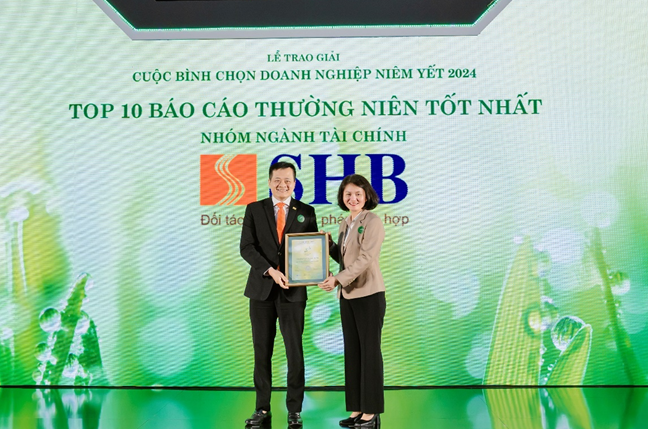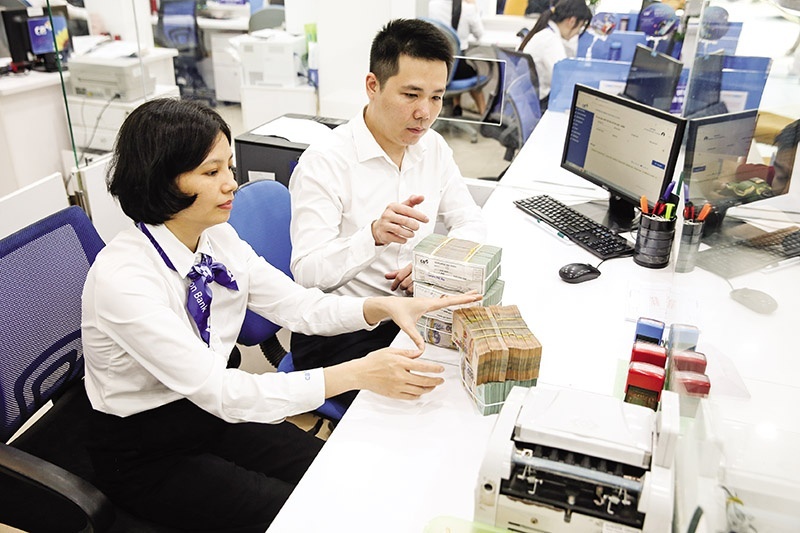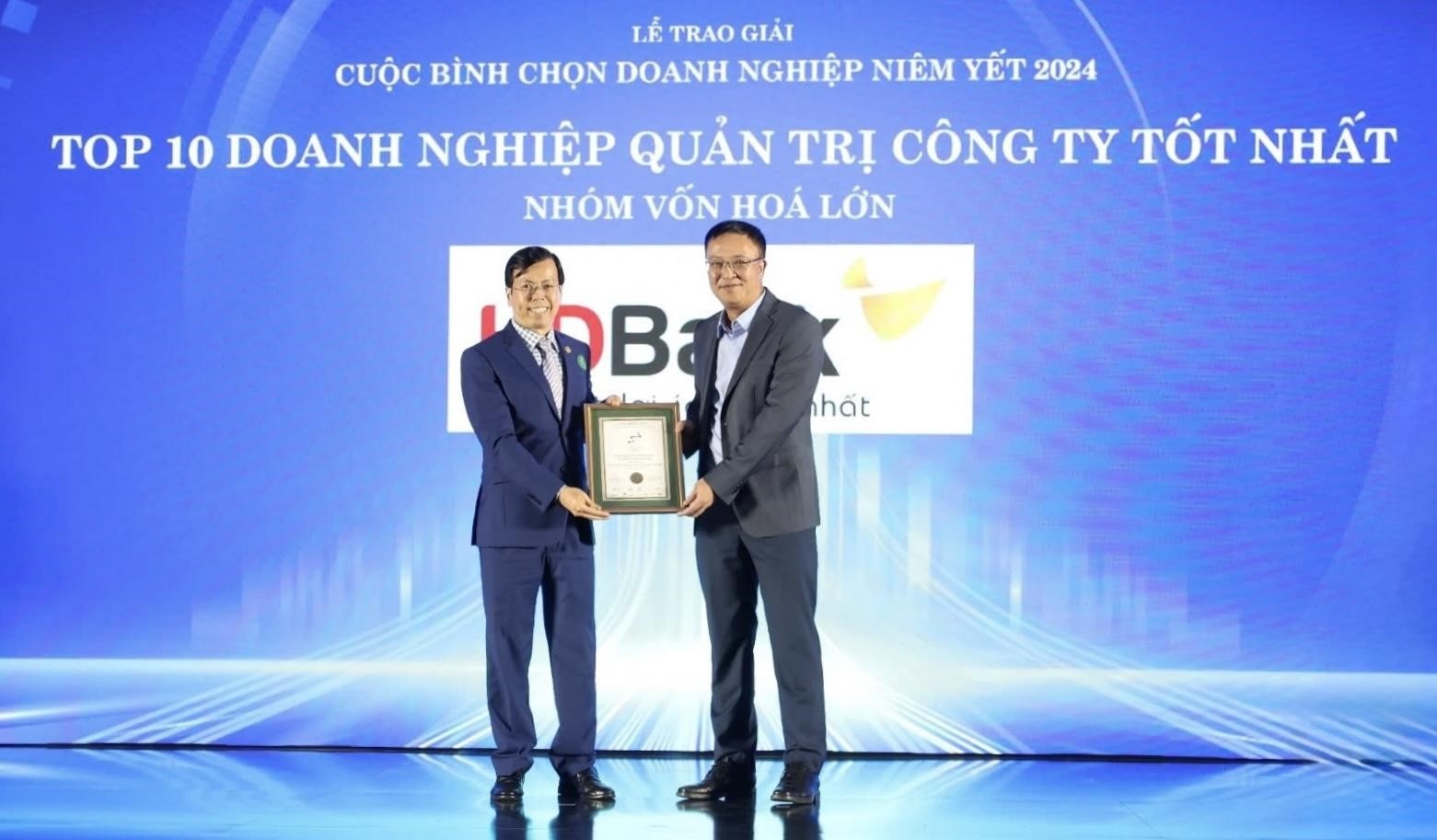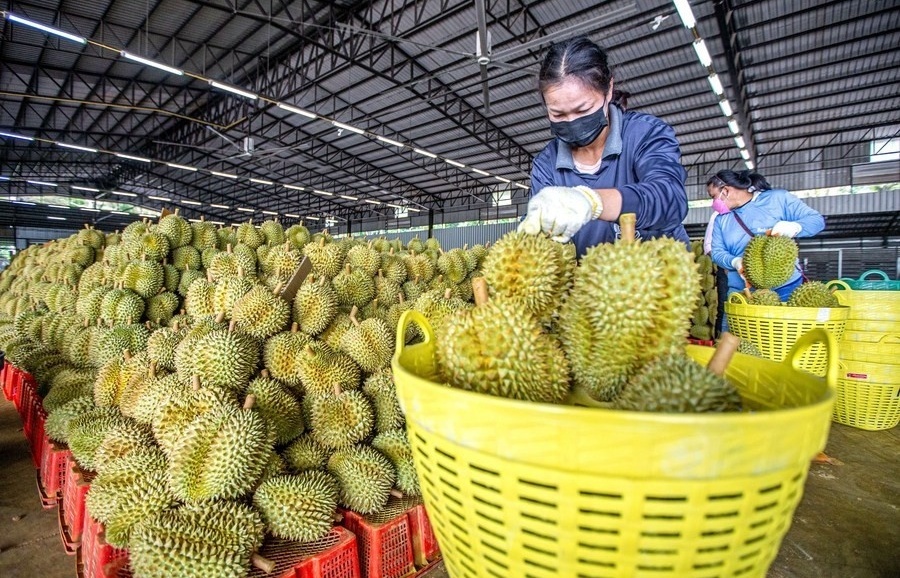Agricultural lending key to credit growth
 State Bank of Vietnam (SBV) statistics show that the banking sector’s credit expanded by 6.05 per cent as of September 20 whereas deposits grew by 12 per cent.
State Bank of Vietnam (SBV) statistics show that the banking sector’s credit expanded by 6.05 per cent as of September 20 whereas deposits grew by 12 per cent.
The question is, what will banks do with such a high capital influx?
“In general, credit to production businesses is essential to bank’s growing credit as the property market is static and it is difficult to promote personal loans. As such, lending to the agriculture and export sectors is the most viable option,” said deputy general director at Vietnam International Commercial Joint Stock Bank (VIB) Le Quang Trung.
State-owned Agribank is taking the lead in this regard. According to the bank’s deputy general director Nguyen Tien Dong, loans to agriculture and rural areas account for 70 per cent of the bank’s credit.
Several joint stock banks are also scaling up lending, including LienVietPostBank with 60 per cent of credit tied up in agriculture.
According to the head of SBV’s Credit Department Nguyen Viet Manh, agriculture lending rose sharply after a decree in 2010. By early in the third quarter of this year, it surpassed $29.6 billion, nearly doubling since the time the law was passed and at an average rate of 25 per cent over the last three years.
To spur credit growth, the central bank rolled out measures such as regulating the lending cap and supporting credit entities that have a high ratio of agriculture to other loans.
Despite these increases, agricultural lending has only met 60 per cent of demand. Figures from the Vietnam Peasants’ Association show that only 4 per cent of its members could access bank credit.
One leader of a commercial joint stock bank said they had been cautious with their capital output to agriculture businesses as insurance for the sector is underdeveloped and intra-sector cooperation remains lax.
“We have increased agricultural lending over the past two years, but we only give individual credit to insured households or those with consumption contracts. In terms of credit to businesses, we only lend to firms with export potential,” said the executive.
Deputy general director of Agribank Nguyen Tien Dong said agriculture lending is risk-prone because of endemic threats, and only banks with larger operations are open to the risks.
What the stars mean:
★ Poor ★ ★ Promising ★★★ Good ★★★★ Very good ★★★★★ Exceptional
Latest News
More News
- The promotion of ESG via banking (November 21, 2024 | 09:32)
- Standard Chartered committed to Vietnam’s financial success (November 21, 2024 | 09:24)
- Full ESG adoption the priority for Agribank (November 21, 2024 | 09:07)
- Banks entice youth with tech advances (November 21, 2024 | 08:00)
- ESG represents a shift towards sustainability for banks (November 20, 2024 | 13:00)
- GGGI supports Vietcombank’s debut of $80 million green bonds (November 20, 2024 | 11:20)
- SHB and the ESG journey: creating social value in every step (November 19, 2024 | 15:00)
- Banking sector contributes to ESG, green growth, and sustainable development (November 19, 2024 | 14:42)
- ESG implementation in banking: from awareness to action (November 19, 2024 | 12:08)
- VIR hosts 'ESG in Banking: Leading Through Implementation' conference (November 19, 2024 | 11:14)




















 Mobile Version
Mobile Version